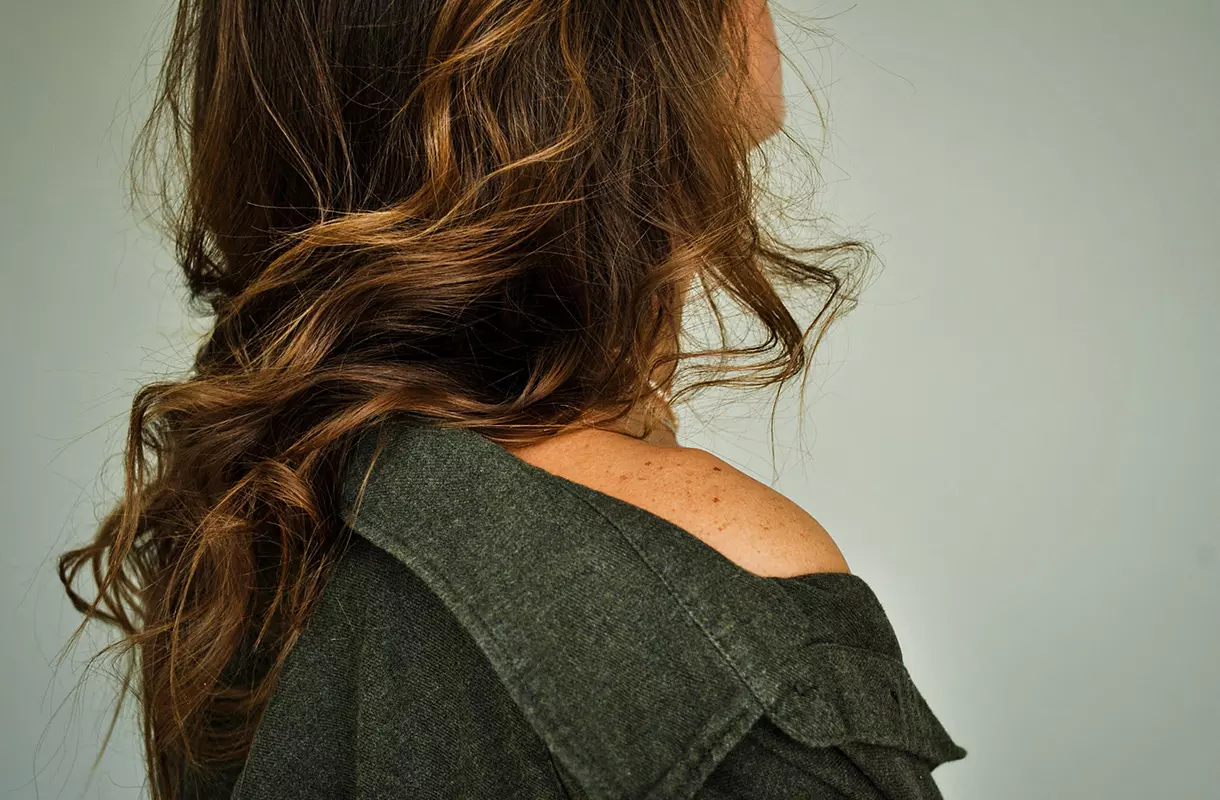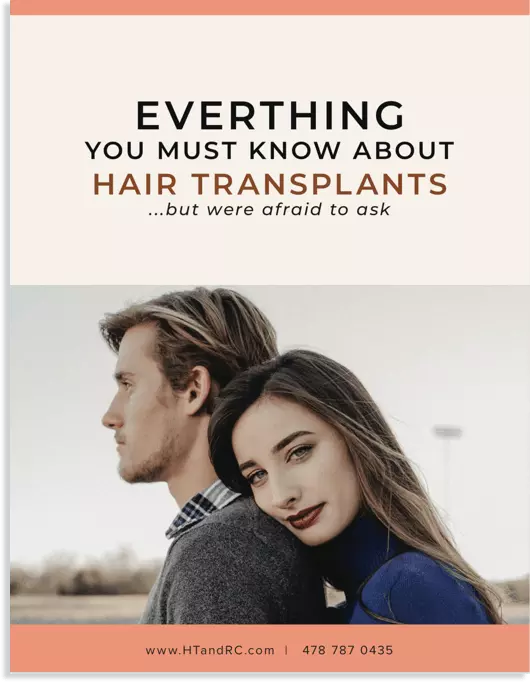This is a great, very common, question a recent patient asked. Minoxidil is a widely used medication for hair restoration, but many people may need help understanding how it works or its potential benefits and risks. I want to educate the basics of minoxidil used in combination with microneedling to help you make more informed decisions about your hair restoration options.
Background on Minoxidil
Minoxidil is a treatment option for hair loss that increases blood flow to hair follicles and stimulates growth. This is achieved through its vasodilator properties that dilate blood vessels in the scalp, letting more oxygen, blood, and nutrients reach the hair follicles. Oral minoxidil is taken as a pill, while topical minoxidil is applied directly to the scalp and comes in an over-the-counter and prescription strength formula; the differences between the two topical compared to oral minoxidil will be discussed.
To understand which type may be more effective, it is important to understand the chemistry behind the medication.
Minoxidil is a prodrug, and by design, a prodrug has no medicinal effect after being administered into the body. It must undergo a chemical or enzymatic transformation reaction to become the active drug.
This means minoxidil, considered a prodrug, is not active in its initial topical or oral form. Minoxidil must be metabolized into its active form, called minoxidil sulfate, to stimulate hair growth. When ingested or applied topically, minoxidil is absorbed into the bloodstream and eventually reaches the liver. In the liver, enzymes called sulfotransferases, specifically SULT1A1 enzyme, add a sulfate molecule to the minoxidil molecule, creating minoxidil sulfate (again, the active form of the drug).
The purpose of using a prodrug is to improve the drug's properties, like its absorption, distribution, metabolism, or elimination, and can also be used to increase the drug's specificity towards a target site. There are also likely fewer side effects by administering the prodrug.
Which is more effective - Oral Minoxidil or Topical Minoxidil?
Let’s first look at the OTC topical minoxidil.
As we just said, minoxidil (no matter it’s form) must be metabolized to form minoxidil sulfate for the drug to work. Where does this happen? We know that the liver is where minoxidil is mainly metabolized into minoxidil sulfate - and this is an important point when looking at oral OTC topical. (We will also look at prescription strength topical.)
Both oral and OTC topical minoxidil have the same effect of increasing blood flow to the hair follicles and stimulating hair growth, but potency is different.
- When taken orally, minoxidil is rapidly absorbed from the gastrointestinal tract and undergoes extensive metabolism in the liver, where it is converted into minoxidil sulfate and travels through the bloodstream to reach hair follicles all over the body. It is easily absorbed into the systemic circulation.
- When minoxidil is applied topically by liquid or foam directly to the scalp it is absorbed through the skin and enters the bloodstream. (However, most remains in the scalp.) Some additional conversion to minoxidil sulfate can occur locally in the scalp tissue by the enzyme sulfotransferase. Still, once in the bloodstream, minoxidil is mainly metabolized by enzymes in the liver to form minoxidil sulfate. Since OTC topical minoxidil is not easily absorbed, this limits the liver metabolism to form minoxidil sulfate and the amount of minoxidil sulfate formed from OTC topical minoxidil is relatively small compared to the amount formed from orally administered minoxidil.
Prescription Strength Topical Minoxidil (Formula 82M)
Prescription minoxidil, or Formula 82M, is a stronger formulation of topical minoxidil that is available only with a prescription. It contains the same concentration of minoxidil compared to the over-the-counter formulations but also includes other ingredients to enhance its effectiveness.
As we’ve already said, topically applied OTC minoxidil is not easily absorbed, which is why the compounded version includes a drug called Retin A. Retin A is a brand name for tretinoin, a medication that is used topically to treat acne and reduce the appearance of fine wrinkles. When used in combination with minoxidil, Retin A can help increase minoxidil absorption into the scalp.
Retin A works by increasing the turnover of skin cells and promoting the growth of new skin cells. This can help to remove dead skin cells and unclog hair follicles, which can improve the penetration of minoxidil into the scalp. Additionally, Retin A can increase blood flow to the scalp, which can further enhance the absorption of minoxidil.
Studies have suggested that the combination of Retin A and minoxidil can be more effective than using minoxidil alone for treating hair loss.
Which is better? First, I think both Formula 82M and oral minoxidil are more effective than OTC topical minoxidil, which makes sense given what we know about how minoxidil is metabolized into minoxidil sulfate.
- Looking at Formula 82M versus the oral form: Formula 82M may be comparable to oral minoxidil, (but both are better than OTC topical minoxidil). Some patients might prefer one version over the other. Some don’t want to take oral medication, and some might react to the topical formula, but anecdotally my patients seem to benefit more from the pill.
What about microneedling? Is it more effective with topical or oral minoxidil?
Microneedling is a treatment that involves using a specialized device with tiny, fine needles to create small punctures in the skin or micro-injuries. These micro-injuries stimulate the body’s natural healing response, including collagen production and growth factors.
It can help promote hair growth in several ways:
- Increased blood circulation: Microneedling can stimulate blood flow to the scalp, which can help provide the hair follicles with the nutrients and oxygen they need to grow.
- Activation of hair growth factors: Microneedling can stimulate the production of growth factors.
- Improved absorption of topical treatments: Microneedling creates tiny channels in the scalp that can enhance the absorption of topical treatments, such as either form of minoxidil or other hair growth-promoting products, which can improve the effectiveness of these treatments
- Reduction in inflammation: Microneedling can help reduce inflammation in the scalp, which can be a contributing factor to hair loss.
Which is better? Microneedling can stimulate hair growth by itself, but limited studies compare microneedling and its effectiveness when combined with oral minoxidil or prescription-strength topical minoxidil, so unfortunately, we can't absolutely say which is better.
- As stated, microneedling does improve the absorption of either form of topical minoxidil, and in contrast, oral minoxidil does not need any help with absorption. Although I think there is a higher level of minoxidil to work on the follicles when given orally, we have also had patients do great on Formula 82M, so both oral minoxidil and Formula 82M seem to have higher concentrations of minoxidil sulfate. This means either of the combinations might work best: oral minoxidil plus micro-needling or Formula 82M plus micro-needling.
But what's more effective, topical minoxidil plus micro needling OR oral minoxidil?
Back to the original question, again, I can't say for sure because there is no formal study, but I ask my patients to commit to six months when starting a new treatment, and some may get tired of the topical medication or don't like it and want to switch to the oral version. Any positive response to topical minoxidil with micro needling or oral minoxidil is a big win either way.
- But suppose there is no improvement after about six months of constant use? In that case, you may be a non-responder to minoxidil. Minoxidil is converted into minoxidil sulfate (remember: the active drug) by the enzyme SULT1A1, and this enzyme is different among individuals. If you lack SULT1A1 enzyme you will be a non-responder to minoxidil because you need the one thing that converts minoxidil into its active form, minoxidil sulfate. We have a DNA test that can confirm this, which is helpful to save time from trying combinations of minoxidil and micro-needling to determine the most effective for you. Microneedling can stimulate hair growth even without minoxidil, so if you are not seeing results with minoxidil and thinking about adding micro-needling in, I would question whether or not you respond to minoxidil. In any event, there could be more treatment options for you besides minoxidil.
If you have any questions or concerns about minoxidil or any other hair restoration treatments that can be combined with minoxidil, don't hesitate to reach out to us and schedule a consultation. We are here to help you achieve your hair restoration goals and provide the guidance and support you need throughout the process.






